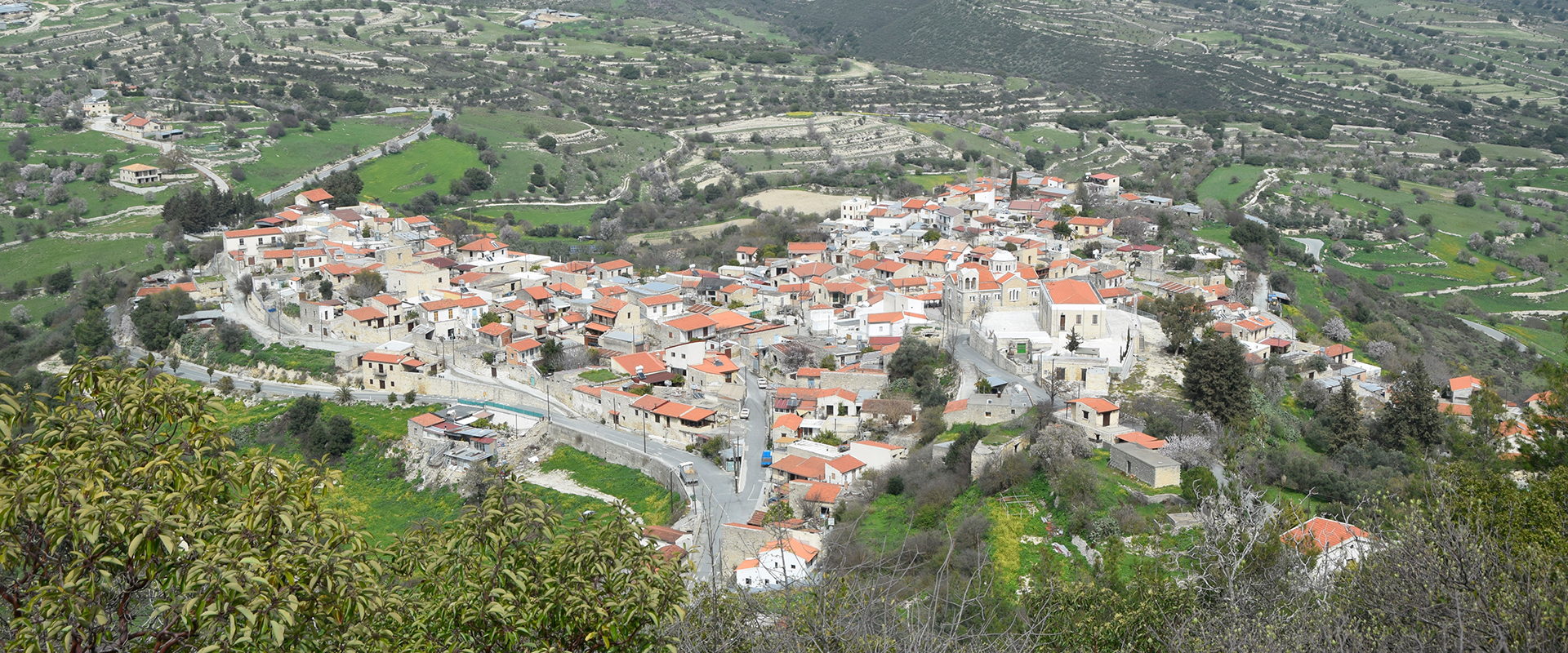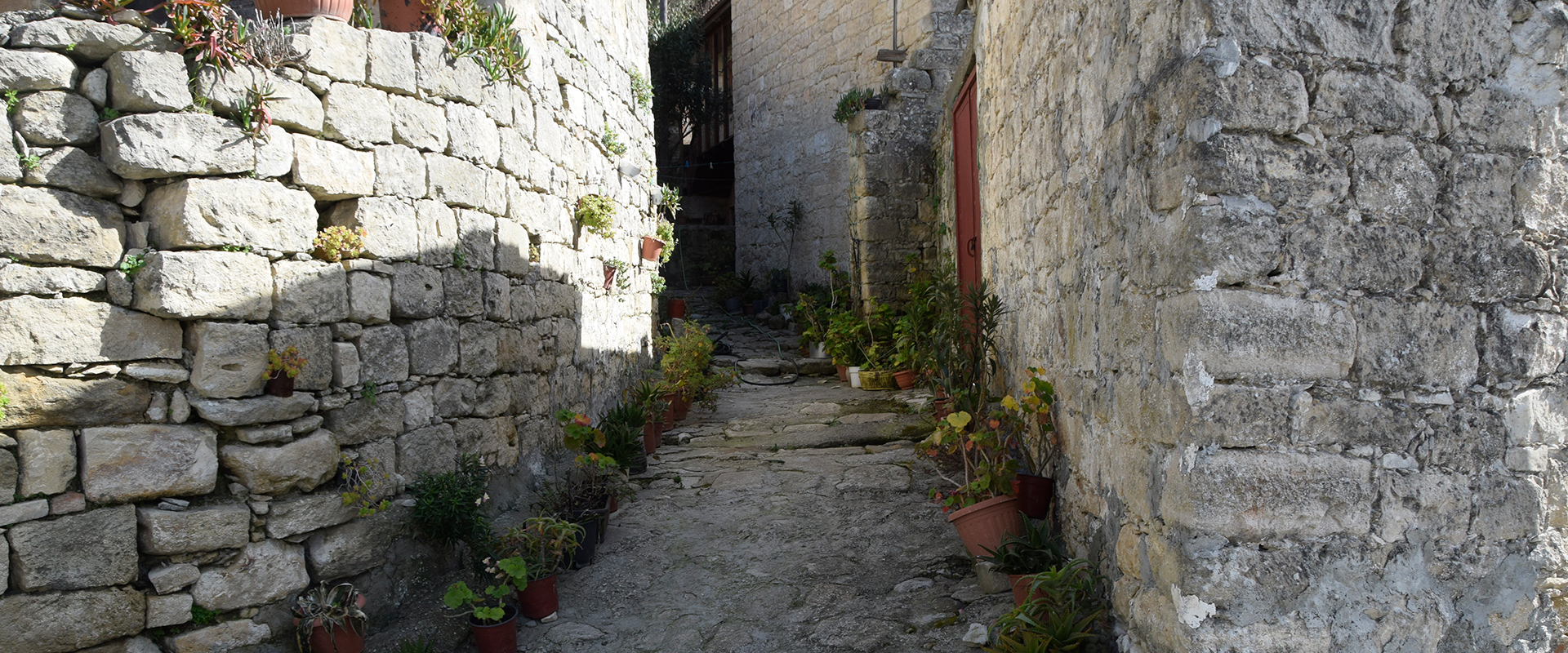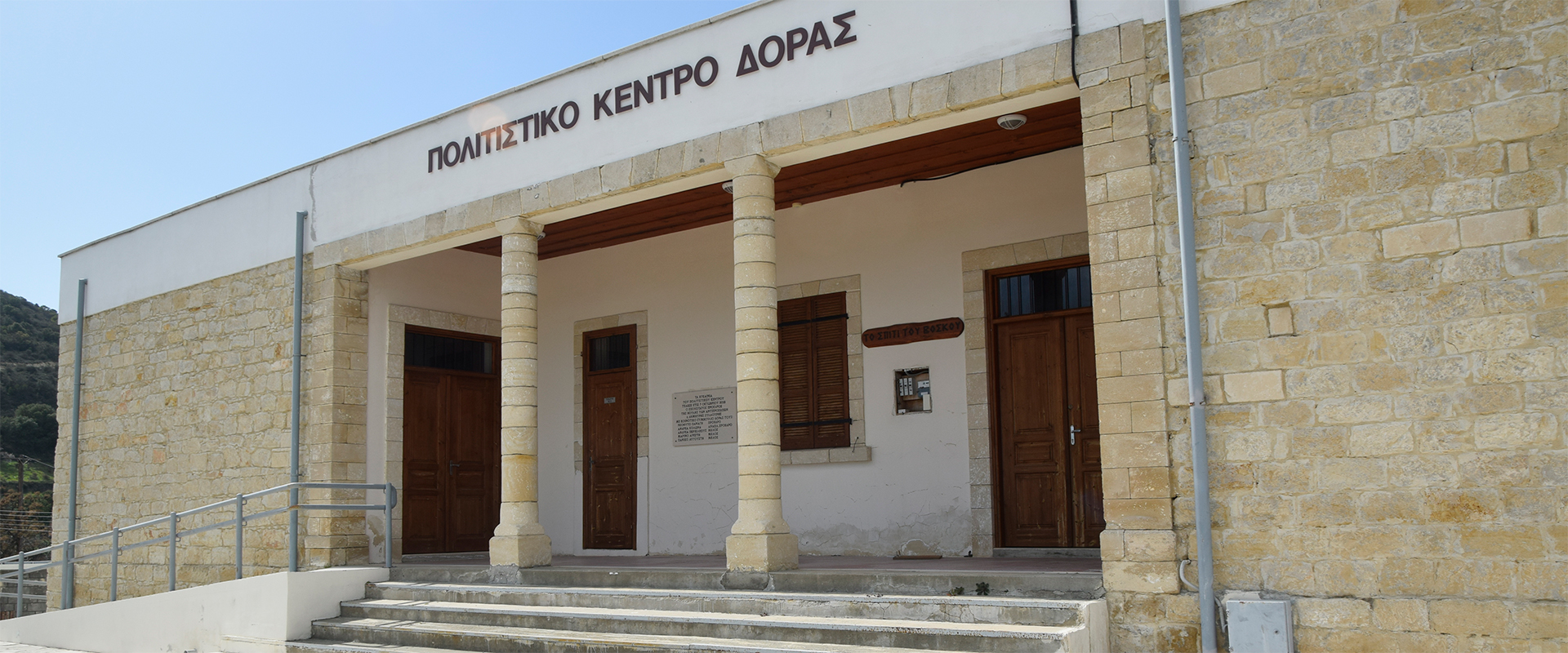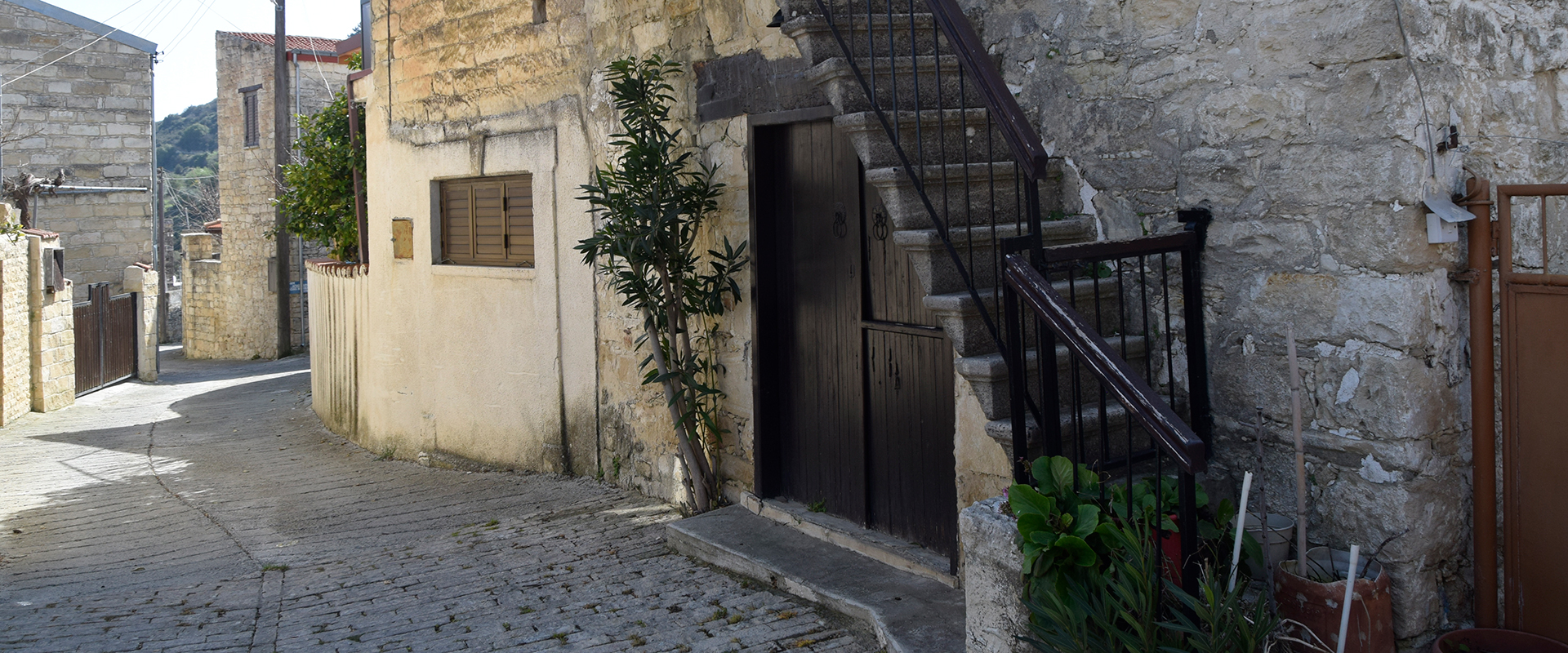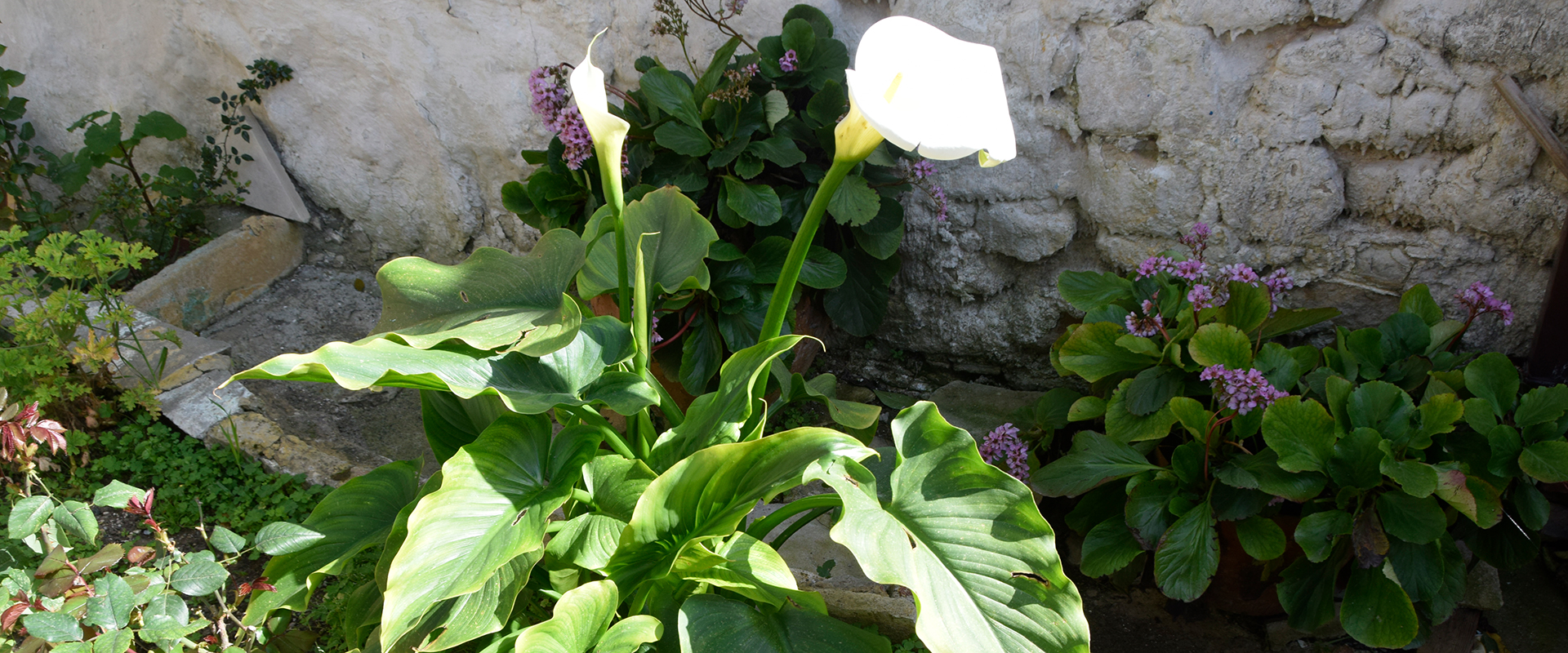Below we will describe a number of customs of Dora. Unfortunately, the majority of them, no longer exist.
Christmas
Some days before Christmas, all the women of the village start preparing for the big feast.
The preparations include cleaning of the house, dusting, cleaning of the furniture, cooking of rusks in the traditional mud ovens, painting of the houses and of the external wall and fencing.
On Christmas day, people goes to church. After the service they receive communion (“paskazei” in the Cypriot dialect) and then they exchange wishes and kisses.
Thereafter, they return to their homes and the entire family sits on the table for the traditional soup “avgolemoni” (made of eggs, lemon and rice) or trachana (traditional soup made of coarse wheat), in a pleasant environment.
A week before Christmas the inhabitants of Dora went in Paphos and bought some pigs. Two or three days before Christmas, they butchered them and with their meat they made lountza (traditional smoked ham), sausage and minced meat. With their tummy, they made dry-salted meat (pasta) and with the feet and head they made “zalatina” (a kind of brawn). The sausages were dipped in wine and then they were exposed to the sun. The other parts of the pig, were semi-cooked and kept in “koumnia” (clay pots) with all their fat, which melted after cooking. This way they had supplies for a very long time.
New year’s day
On New Year’s Eve, the housewives prepare “Vasilopitta” (traditional pie) and put a coin in it. The pie is cut in the afternoon of New Year’s Day. The person who finds the coin, is considered the luckiest person of the year.
On New Year’s Day people go to church to attend to the service and when it is finished they exchange kisses and wishes.
They also play cards in coffee shops and in different houses until morning. Some of these games are “Shiemes”, “Poka”, “Poker”, “Patito” and “Triantaena”.
On the day of the epiphany, all the housewives made “loukoumades” (fried honey puffs) and ate them with their families. One old tradition said that “kalikantzaroi” (goblins) came to the village and roamed at night scaring the people. So, women threw some “loukoumades” on the roofs of their houses believing that “kalikantzaroi” would eat them and leave the village quietly.
After the service, the priest of the village accompanied by a child, went to all the houses and hallowed (sprinkled with holy water).
Lent Period
The Lent period begins on the Sunday of the Prodian Son and continues till the Sunday of “Tyrofagos” (last day of the Carnival).
Usually during this period, a lot of people masqueraded and went to friendly houses where they amused the owners.
On Clean Monday (or Shrove Monday), the inhabitants overflowed the fields where they celebrated the day, eating Lenten food.
Easter customs
The days before Easter all the houses were cleaned out and the housewives cooked the traditional rusks (arkatena) and the famous “flaounes” (pastry with cheese and raisins). On Holy Thursday they painted some eggs, usually red, which they would clink after the Resurrection Ceremony.
Saturday of Lazarus
On Saturday of Lazarus, groups of two, mainly young children went to all the houses of the village and chanted “Lazarus”. The housewives offered them eggs and money. This custom has not survived.
Palm Sunday
On Palm Sunday, women took leaves from olive trees to the church. The leaves would remain in the church until Pentecost when they would be hallowed and taken back home for the traditional “kapnisma” (literally smoking). Specifically, the leaves from the olive tree were put in the “kapnistiri” (earthen-plated vessel) with cinder and used for the “kapnisma” of the houses and people. This practice is considered as apostrophic for the evil spirits and it survives to this day.
On Holy Thursday, the holy icons of the church are covered with a black veil indicating the bereavement of the faithful. The same night, a replica of the holy cross with Christ on is set. On the right of the cross there is a replica of Apostle John and on the left another replica of Virgin Mary.
All the habitants of the village go to church and genuflect before the holy cross and attend to the service of the 12 gospels concerning the Passion of Christ, His Crucifixion and His death.
On Holy Friday the faithful decorates the epithaph. Young women chant the dirge (lamentation), while three myrrh-bearing women strew the epitaph with myrrh, aromas and flowers. During the night the procession of the epitaph takes place in the central roads of the village. During the procession, the women of the village strew the epitaph with the “mereha”.
During the morning service of Holy Saturday, when the priest says “Anasta o Kirios” (Arise, O God), the faithful slam the church’s stools and the black veils, which cover the holy icons fall.
Around 11 pm, the bells toll merrily in order to invite the Christians to the happiest service of the Christian church.
Outside of the church there is a big fire, called “Lampratzia” (eastern bonfire). At midnight the priest says “ defte lavete fos ek tou anesperou fotos” (come forward and receive light from the eternal light) and comes out of the church with the lay clerks for the Procession. People light their candles from the holy light and they all go in the yard of the church for the Resurrection Ceremony.
After the service, people return to their homes, with their candles and keep the holy light for 40 days. They eat the traditional soup “avgolemoni” (made with eggs, lemon and rice) or trachana, flaounes.
On Sunday, after the service, people make the traditional lamb on charcoals and they celebrate the day. In the afternoon, the Community Council organizes some events (including traditional games) in the village’s plaza. The events continue until Easter Monday and Tuesday.
15th AUGUST
On 15th August is the feast day of Panagia Photolambousa and the inhabitants organize a big festival in the yard of the church. A lot of people, even from other villages and cities visit the church to express their devotedness to Virgin Mary.

